I was standing in the pet food aisle in the grocery store, looking at all the bags with dog food on the shelves. At home was my family and our newest member, mixed breed puppy Ellen. So so sweet, so small and so dependent on us.
I had gone to the store to find the healthiest and best puppy food for this new toddler in our house. The problem was, all the brands claimed to be exactly what I needed. Tasty, healthy, giving my puppy the best start in life.
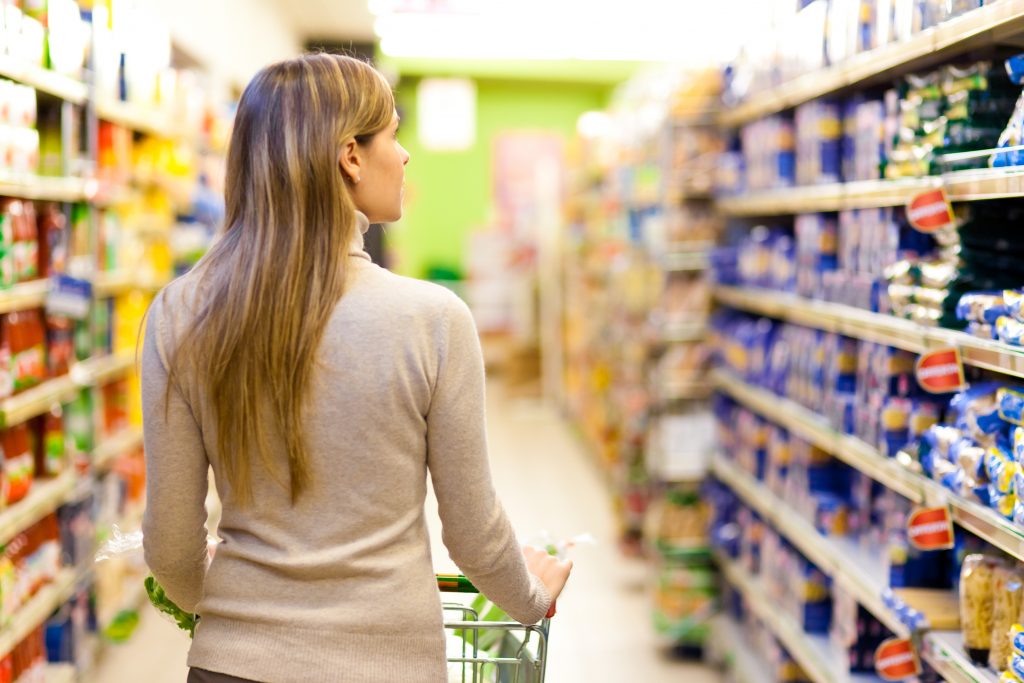
I was at a loss. Finally, I bought the bag that seemed to promise some kind of scientific background, that wasn’t the cheapest, but not the most expensive either. The golden mean, translated into finding the best food choice for Ellen.
The thing is, with so many puppy food brands, so many puppy diets and so much well-meaning advice from all around, how on earth will you know what IS the best and healthiest choice?
Should you go grain-free? Organic? Is wet or dry puppy food the best? Do small breed and large breed puppies need different kinds of food? What if your pup has a sensitive stomach?
Now, many years later and with Ellen’s successors in the house, I want to give YOU the help I needed back then.
A complete guide to what a puppy needs and hands-on advice on what to actually buy. I hope that you’ll leave feeling you know what’s the best dog food for the puppy in YOUR life! Let’s go!
Quick Table Best Puppy Food
| Type | Name | Price | Image | 1st ingredient | AAFCO Profile | Read full article |
|---|---|---|---|---|---|---|
| Grain-Free Puppy Food | Ketona Chicken Recipe Dry Food | Check Price |  | Chicken | All Life Stages except large breed puppies | Best Grain-Free Puppy Food |
| Large Breed Puppy Food | Farmina N&D Chicken Grain-Free Large Breed Puppy Formula | Check Price | 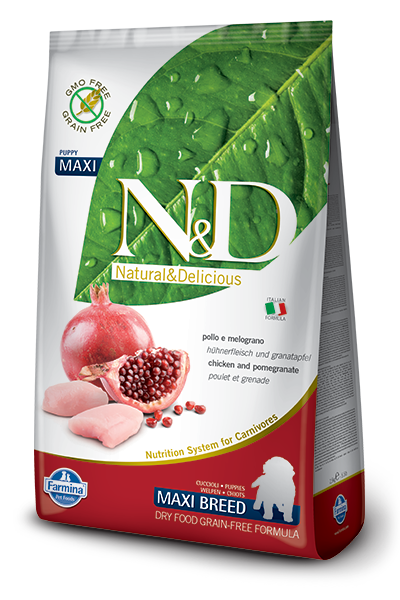 | Chicken | All Life Stages including large breed puppies | Best Large And Giant Breed Puppy Food |
Quick Navigation
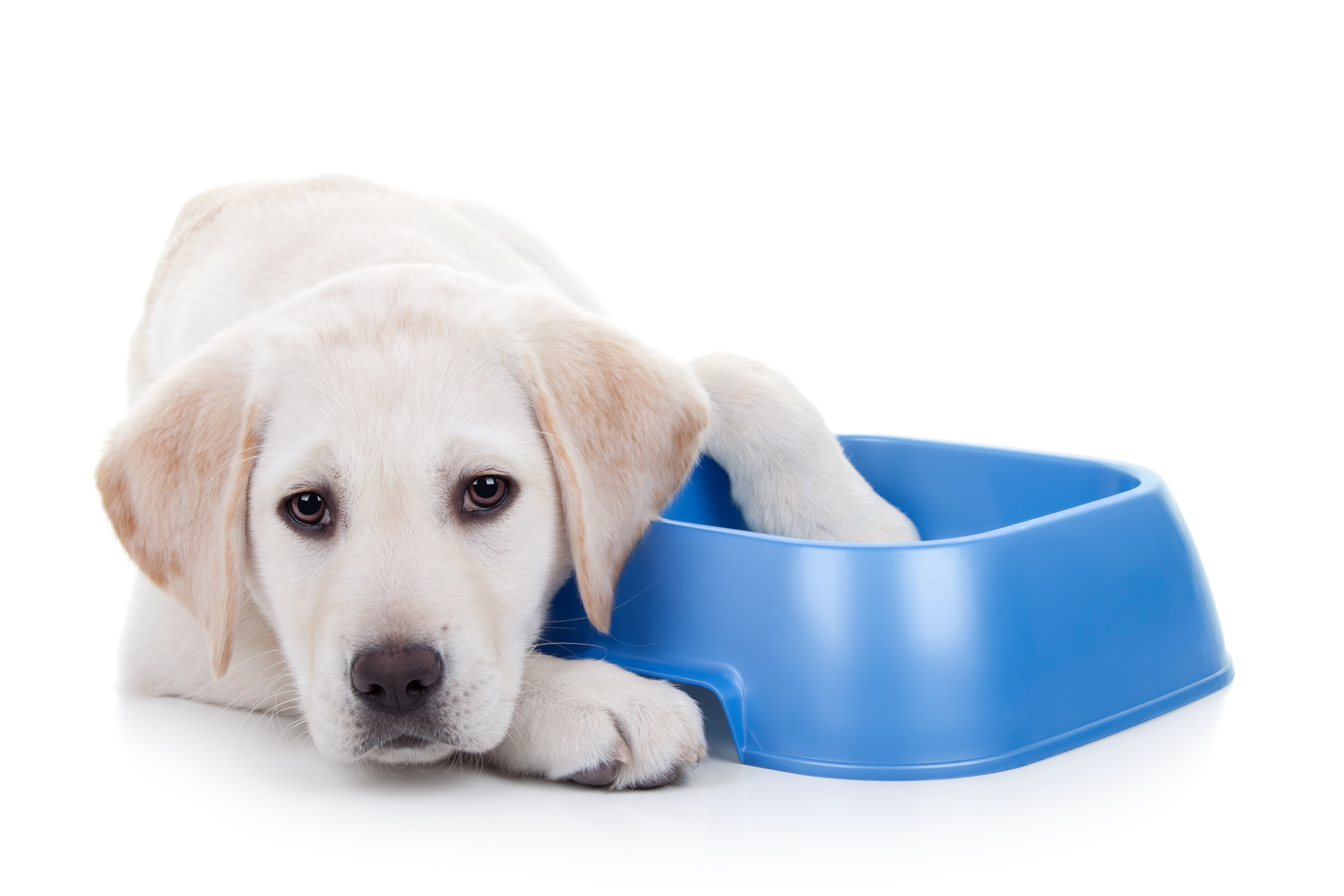
Puppy Growth
Puppies grow fast! Up to about the age of three months they need twice the amount of energy compared to an adult dog. This means their food needs to have a lot of energy in it and they need to eat more often.
But you don’t want to overdo it either, a fat or chubby pup is not a healthy pup. You need to keep your puppy slim (but not skinny!) so it grows in a steady and calm pace. That way it develops into a robust adult dog with a durable body and a healthy weight.
A pup that is too heavy can suffer badly from it, like getting skeleton and joint deformities. This is especially true for large breed puppies. It also risks becoming overweight as an adult. Studies have shown that puppies carrying extra weight often develop skeletal problems like hip dysplasia. It doesn’t matter if the extra weight comes from a weight belt or excess body fat.
Small breeds grow up to the age of nine months to one year. During all this time they still need extra energy in their food. Not as much as during their first three months though.
Large breeds grow faster and longer than small ones. During their first year they can increase their weight one hundred times. A growth rate that like that for a human infant would mean a 7 lbs baby would weigh 700 lbs by the time it turned one year!
An Irish Wolfhound puppy weighs about 1 lb at birth, and by the end of its first year has reached impressive 100 lbs.
A good piece of advice is to weigh and examine your pup and compare its growth curve with an average for the breed. If you have a mixed breed you’ll have to use your common sense and look at and feel through your pup. A general guideline is that you should not be able to see but easily feel the ribs if you press very lightly on the rib cage. This goes for dogs of all ages.
Large breed dogs also continue to grow during their second year, as opposed to the small breeds who reach their adult size and weight after one year.
During its short growth phase the puppy will build its entire body with skeleton, muscles, internal organs and tissues. It’s easy to understand that this calls for the right kind and the right amount of nutrients. In short, the best food for puppies!
Can Puppies Eat Adult Dog Food?
Puppies need more energy in their food than adult dogs. They also need different amounts of vitamins and minerals than a fully grown and matured dog do.
During the puppy’s growth period it’ll develop all the structures needed in the body. Examples are bone and teeth and cardiovascular system. The quality of all those will depend on the quality of the food.
So, the answer to the question above is no. Puppies can’t eat adult dog. Not if you want to give them the best possible conditions for developing a healthy body.
How Often Should A Puppy Eat?
As you now know, puppies need a lot of energy and nutrients to build healthy bodies. As long as they suckle completely, the breeder only needs to make sure that the dog mum gets enough to eat. The puppies will get what they need and in the right amount from her milk.
When your pup comes home to you, usually at the age of 8 weeks or more, it will be weaned and eating solid food. Now you need to know how often to feed your sweet little pup. Below are general recommendations.
- 6 to about 12 weeks: During this period the puppy needs to eat four times a day. Remember, it grows very fast! Spread the meals out evenly throughout the day so the puppy has time to digest the food between meals.
- 3 to 6 months: Now you can move on to three meals per day and give your pup breakfast, lunch and dinner. Try to stick to the same times. During this period your puppy will and should lose its sweet puppy belly and chubbiness. Remember, you do not want your pup to be overweight!
- 6 months and forward: By now your puppy’s growth rate has slowed down, and you can start feeding twice a day.
How Long Should A Puppy Eat Puppy Food?
The answer to this depends on the breed. Toy or small breeds like Chihuahua and Miniature Schnauzer are adults at the age of only 9 months. Large breeds like Great Dane or Irish Wolfhound on the other hand do not become adult dogs until they are near 24 months. Quite a difference!
This means that a Papillon can and should eat adult dog food well before its first birthday. A St. Bernard should stay on puppy food well past that point.
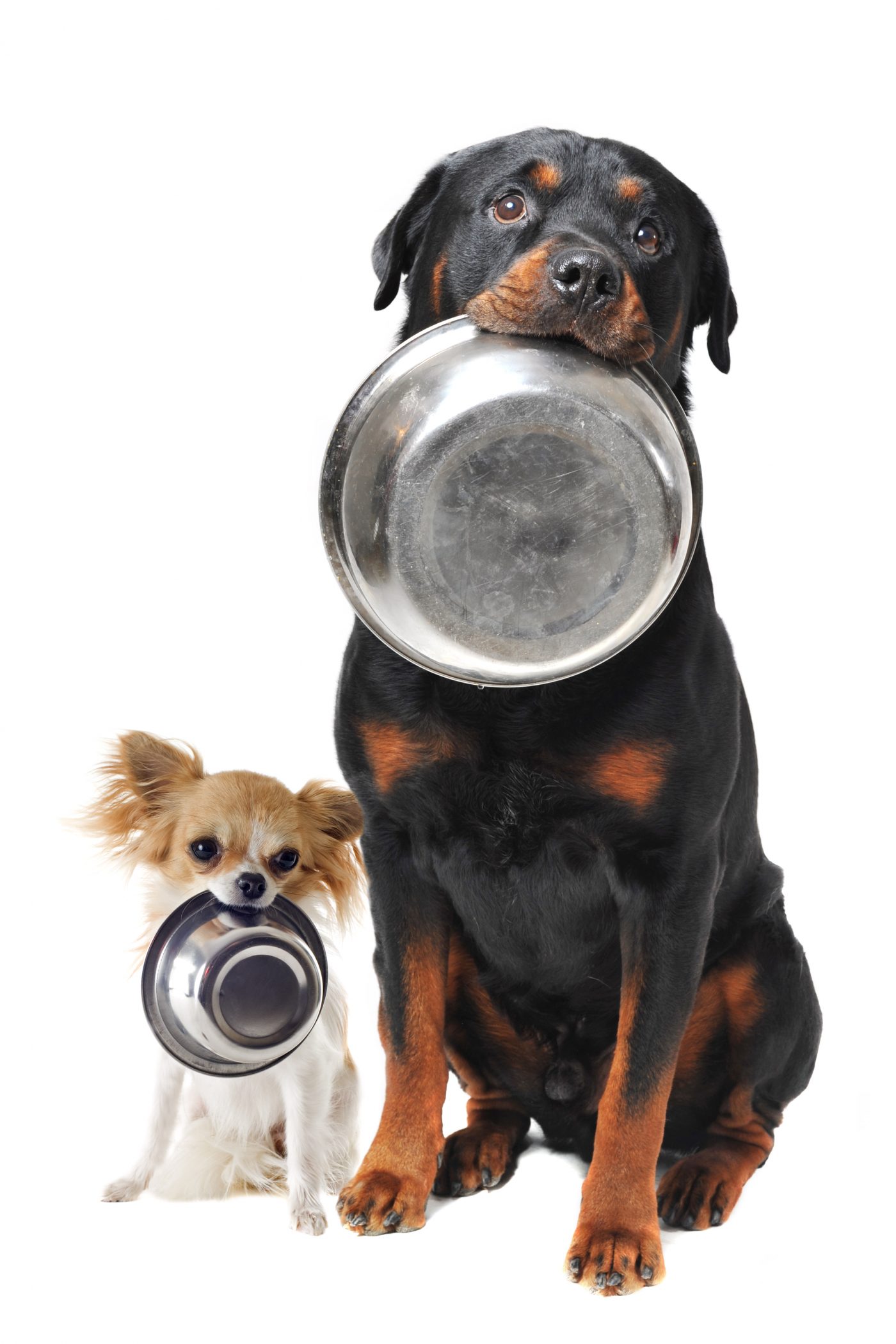
It’s important not to switch too soon. Doing so could mean your puppy won’t get the right amounts of nutrients for its still growing body. It’s especially important for large breeds since that could jeopardize their skeletal health.
Is your dog becoming chubby even though you follow the feeding recommendations on the bag of your puppy food? It might be time to switch to adult dog food if your dog is near the supposed age of maturity. Remember, it’s important that your dog doesn’t get obese!
Homemade Puppy Food – Yay Or Nay?
I can’t claim to write an ultimate guide about food for puppies if I don’t talk about the homemade stuff. Actually, this deserves a whole article on its own. Soon to come!
So What Is The Best Food For Puppies?
Some say it’s wet food, and others say dry food. Yet another source claims a mix between the two is optimal. But wet or dry is not what’s important.
What matters is instead the composition of the food. What are the ingredients? What is the protein source? How is the ratio between fat and proteins? What kind of fats are in the food? What is the amount of carbohydrates in the food?
This is what you want to see in the ingredients list:
- One or more clearly identifiable animal protein sources, like lamb, chicken, beef or fish. This should be the first ingredient listed.
- Labeled fats, like fish fat or chicken fat.
- No corn, and preferrably no grains at all.
- If there are grains in the food, they should be whole grain.
- Natural preservatives.
- A good fat-to-protein ratio, somewhere around 1:2.5.
- Chelated minerals. (Read more about those here.)
Best Grain-Free Puppy Food
I’m a strong advocate of grain-free dog food. Grains are not a part of the diet that canines have evolved to thrive on. Even though dogs have developed the capacity to tolerate and process grains, they don’t need it.
But only a few brands have gone all the way and actually excluded grains altogether from their puppy food. I have compiled a list of the brands that do the best job. Read about the best grain-free puppy food here.
My Top Choice – Ketona Chicken Recipe Dry Food
Why I like it:
- First ingredient: Chicken
- Less than 8% carbs
- At least 46% protein
- Zero grains, dairy or potatoes
- No artificial preservatives
- Chelated minerals
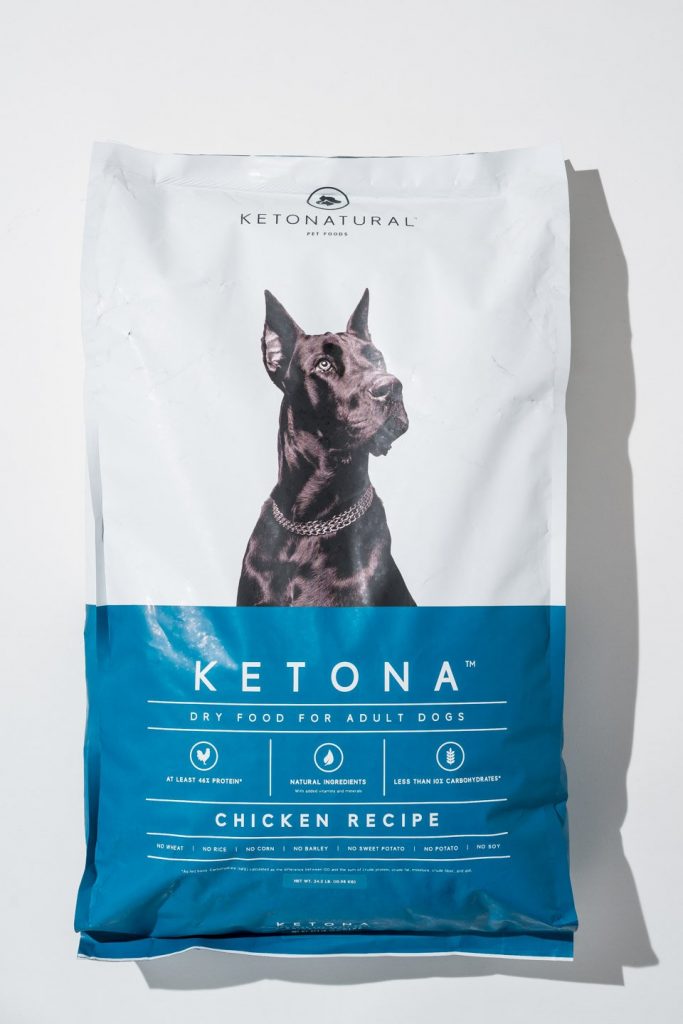
Best Large And Giant Breed Puppy Food
Did you know that a puppy that will grow to be a Rottweiler or a Great Dane shouldn’t eat the same food as a chihuahua puppy?
This is because of the amazing growth rate of a large breed puppy. They risk developing skeletal diseases like hip dysplasia and osteochondrosis.
To save you the job of looking at every brand of puppy food to find the best one for your long-legged hooligan I have done some extensive research.
You can read the about the brands I found in this article about best giant-breed puppy food.
My Top Choice – Farmina N&D Chicken Grain-Free Large Breed Puppy Formula
Why I like it:
- 98% of protein from meat or fish.
- No grains of any kind.
- Low carbohydrate content, about 20%.
- No by-products.
- Fish oil for Omega 3.
- 5 chelated minerals.

Best Puppy Food For Toy Breeds
Puppies belonging to a small or toy breed have their own specific needs. Having very high metabolic rates they need food with high energy content. If they get energy depleted during the day they risk developing a condition called hypoglycemia.
This could be life-threatening, so the risk needs to be taken seriously.
Extra small pups also have extra small mouths and need kibble that is comfortable for them to chew.
It wasn’t an easy task to find brands I feel truly happy to recommend, but you can read about the brands I’ve chosen in my article about the best food for small and toy breed puppies.
My Top Choice – Farmina N&D Chicken And Ancestral Low-Grain Puppy Formula Small Bites
- 93% of protein from animal sources.
- No peas.
- High protein content.
- Low carbohydrate content, about 27%.
- Low glycemic index.
- No by-products.
- 4 chelated minerals.
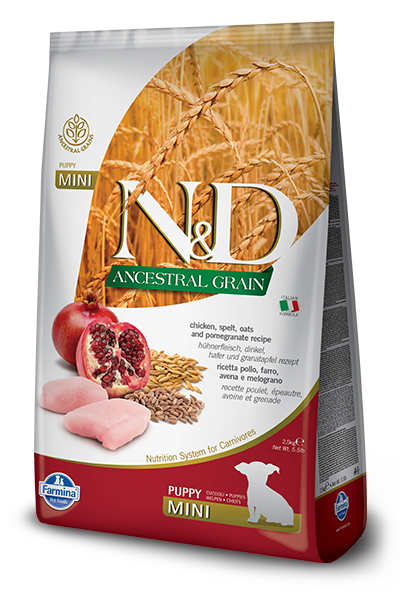
What Do Puppies Need? Puppy Nutrition Guide
In this section I describe what kind of nutrients a puppy needs. It’s quite detailed, so if you get bored reading it, just skip it. Or, you can read parts of it.
Puppies need the same kind of nutrients that adult dogs do, but not in the same ratios. The levels of nutrients need to be adapted to the demands of a growing pup.
These are the groups of nutrients the food must (not altogether true for one nutrient group actually!) include (unprioritized order):
- Fats and oils
- Proteins
- Carbohydrates
- Vitamins
- Minerals
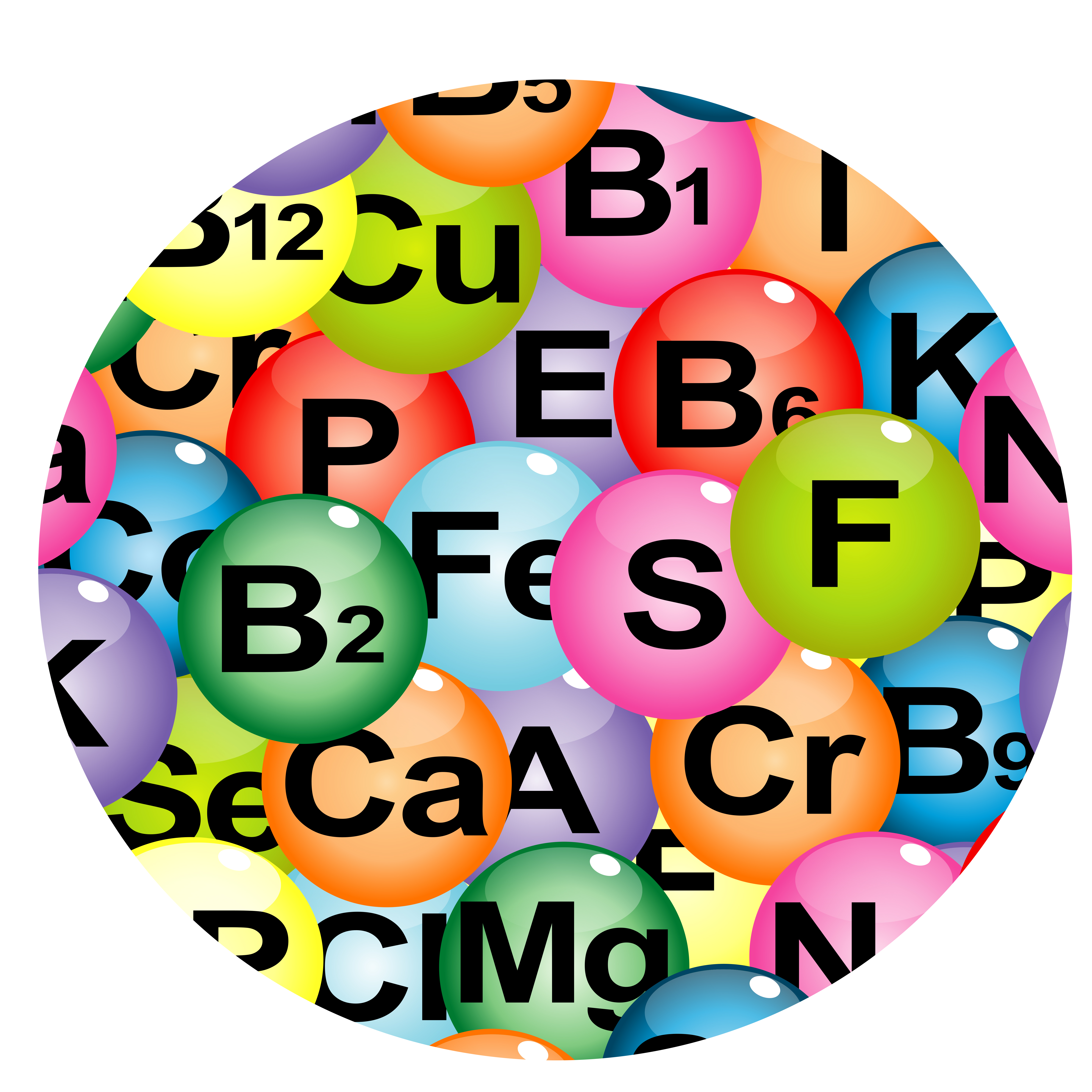
How Much Fat Should Puppy Food Contain?
Puppies have a higher demand for fat in their diet than adult dogs. According to petmd.com and other sources puppies need at least 8.5% fat in their food (dry weight). You can compare this to 5.5% for an adult dog. This is one of the reasons why adult dog food is not appropriate for a puppy.
How Much Protein Does Your Puppy Need?
Puppies need more proteins in their diet than an adult dog. Not surprising, since they grow rapidly. The amount of protein needed lessens with age during the first year because the growth rate lessens. While a young puppy below the age of 14 weeks needs a minimum of 22% protein (dry weight) in its diet, an adult dog needs a minimum of about 18%.
Is it dangerous to feed a dog, puppy or adult, too much protein? In general the answer to this is no. The protein that the dog’s body doesn’t need is metabolized and used as energy. Please note that if your dog suffers from any kind of kidney disease protein intake must be monitored and you should seek your veterinarian’s advice.
Will the puppy grow too fast if it gets too much protein? No, that’s a myth. The growth rate is determined by genetic factors. All that will happen if you overfeed your young dog giving it too much energy in the food is that it will become overweight. This is still bad!
Not all protein is equal in regard to how valuable it is in the food. An important factor is the biological value. This tells how much of the protein can actually be used by the dog’s body. Egg has the highest value, 100, fish meal has 92 and beef (that is meat that has not been processed) around 78. Bone and meat meal and wheat have a value around 50 and corn as low as 45.
One also has to consider what kind of amino acids the protein in the food consists of. For example, bone and most vegetables are not sufficient when it comes to the amino acid composition.
All this means that just because the food has a high proportion of protein it is not necessarily a high quality feed. You have to evaluate the protein sources used for the food. To do this you need to read the ingredients on the package and note the order in which they appear. The ingredient that has the highest content in the food is listed first. If this is corn or wheat it is not a quality food for your puppy.
Phew, this is a lot to think about! How on earth will you ever be able to determine what is the best food for you puppy? Stay calm, I have you covered. You can simply use the guides above where I have picked out the best food choices for your puppy. But let’s move on and look at the next group of nutrients!
Does Your Puppy Need Carbohydrates?
Carbohydrates are the third and final nutrient that contributes to the energy content in the food. They’re important for… wait a minute, what was it now? Actually, they’re not that important!
There is no required minimum level for the carbohydrate intake, neither for adult dogs nor for puppies. According to the National Research Council of the National Academy of Sciences, carbs are not considered an essential part of a dog’s or puppy’s diet. In short, they can tolerate them but don’t need them.
Nor does an adult dog. So why do the dog food industry continue to stuff their products with large amounts of carbs from wheat, rice, corn, potatoes or barley and the like? The answers have nothing to do with puppy health:
- It’s cheaper per calorie than protein or fat
- It’s durable with long shelf life
- When making kibbles (dry food) the starch plays the role of ‘glue’ keeping the kibble together
- It is easily accessible and abundant
Best Puppy Food FAQ
* Included in AAFCO’s (Association of American Feed Control Officials) Dog Food Nutrient Profile

